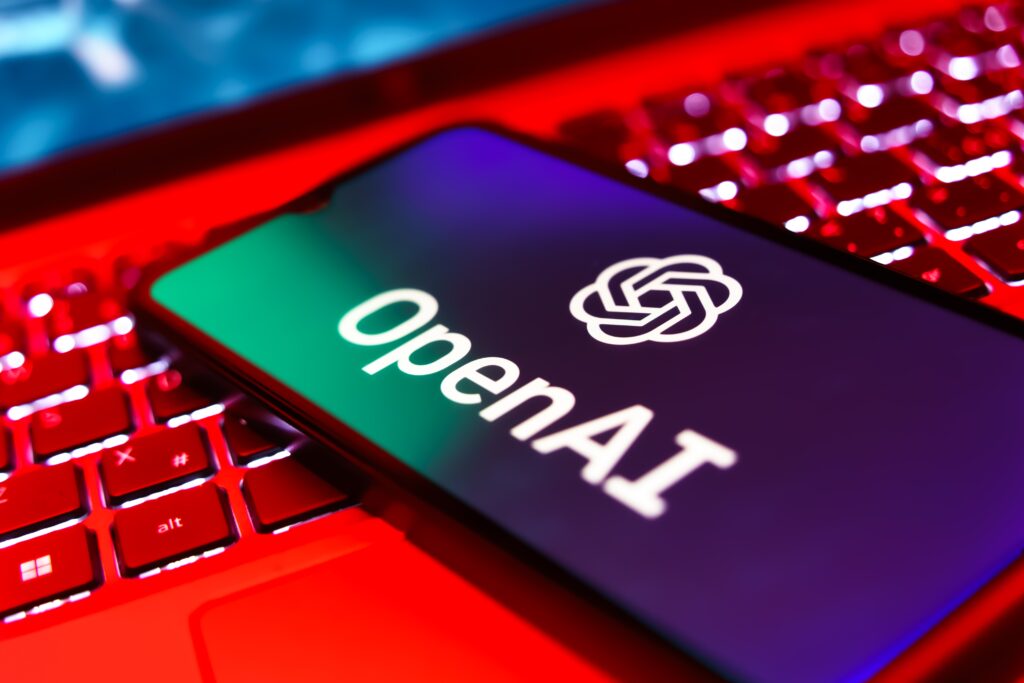OpenAI has released its video generation program, Sora, to customers. The program transforms written prompts into digital videos lasting up to 20 seconds. Initially launched in beta in February, Sora is now available as a standalone product.
CEO Sam Altman shared his vision during a live-streamed announcement, emphasizing the importance of AI expanding beyond text. “We don’t want the world to just be text,” Altman said. “If AI systems interact only with text, we’re missing something important.”
In a blog post, OpenAI stressed the need for responsible AI video development. “We’re introducing this technology now to give society time to explore its possibilities and co-develop norms and safeguards,” the company wrote.
Features and Limitations of Sora
Sora uses advanced language understanding to generate videos with complex scenes, characters, and accurate details. It can handle multiple camera angles and specific motions, creating videos up to a minute long.
Examples during the beta launch included animated monsters and realistic scenes, such as a woman walking in Tokyo or a cinematic trailer of a spaceman on a salt desert.
Despite its capabilities, OpenAI acknowledges Sora’s current limitations. “It often generates unrealistic physics and struggles with complex actions over long durations,” the company noted.
Safeguards Against Misuse
Concerns about AI misuse, such as deepfake scandals, have raised ethical questions. OpenAI outlined measures to prevent abuse, including blocking the creation of harmful content like sexual deepfakes and child exploitation material.
The company employs filtering, monitoring uploads, and advanced detection tools to ensure safety. Reports of illegal content are submitted to the National Center for Missing & Exploited Children (NCMEC).
All Sora-generated videos will include C2PA metadata and watermarks by default, making AI-generated content easily identifiable. OpenAI plans to refine these safeguards while gradually relaxing restrictions on certain types of content.


